
Lot 468
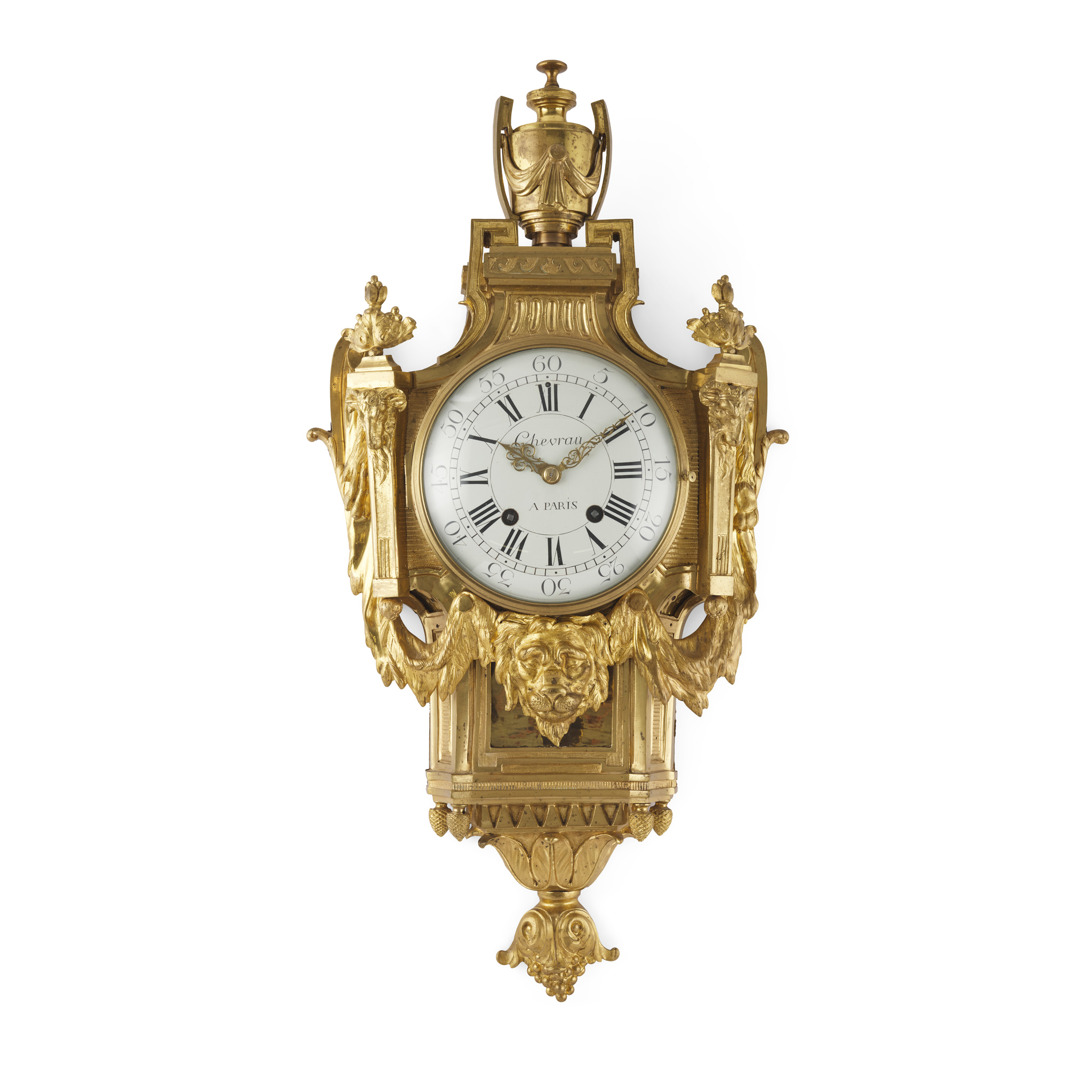
LOUIS XVI GILT BRONZE CARTEL CLOCK, AFTER DESIGNS BY JEAN-CHARLES DELAFOSSE
CIRCA 1775
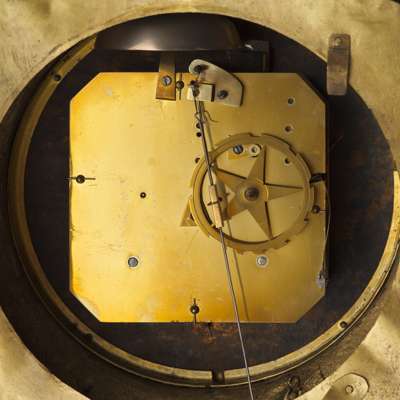
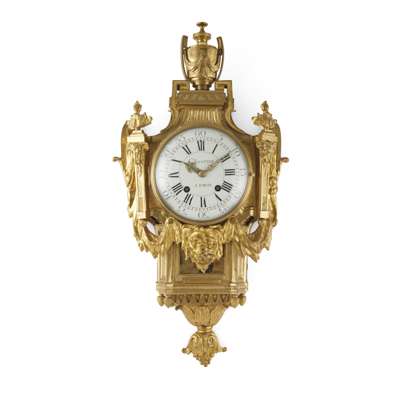
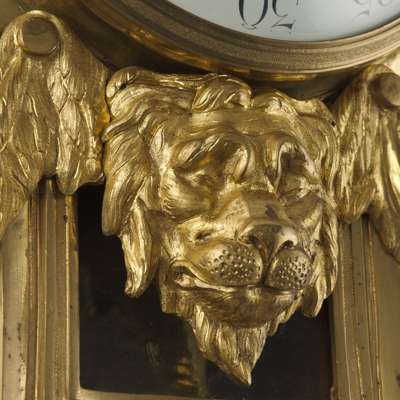



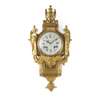
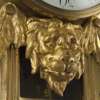
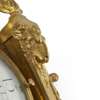
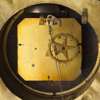
Auction: Day 2 - Thurs 15th May from 10am | Lots 314 to 602
Description
the cream enamel dial with black painted Roman numerals and Arabic five minute markers, signed ‘Chevrau, A Paris’, fine pierced gilt brass hands, the Neoclassical case topped with a drapery-hung urn finial over a turned socle and a Vitruvian scrolled frieze, the dial with a glazed oculus flanked by angled ram's mask capped pilasters surmounted by acanthus finials, pierced side panels, the short trunk with glazed pendulum aperture, centred by a lion skin mask and swags, the lower section with four small pinecone finials and a central dentil moulded, fruiting and foliate boss, the twin train movement with anchor escapement, silk thread suspension, outside countwheel, striking a bell
Dimensions
78cm high, 42cm wide, 12cm deep
Provenance
Professor Robert Knecht (1926-2023), Birmingham, thence by descent. This clock is reputed to have been inherited by Robert Knecht from his mother's ancestors, the Mioux family, from the Blois region, Loire Valley, France.
Professor Knecht was a historian of 16th-century France. A lecturer and later professor at the University of Birmingham from the late 1950s until his retirement in 1994, he was the author of 20 monographs, and his book ‘The French Renaissance Court’ (2008) was awarded the Enid McLeod prize by the Franco-British Society in 2009.
Footnote
The original design for this cartel clock by Delafosse, circa 1770, proposed several variants of form and motif, and enjoyed great popularity throughout Europe during the Neoclassical period. Examples may be found in the Louvre, and Schloss Nymphenburg in Munich.
Literature: A near identical cartel clock is depicted in: P. Kjellberg, La pendule française du Moyen Age au XXe siècle, Paris 1997; p. 191 (Fig. B). A further, near identical clock as well as a design by J.C. Delafosse are depicted in: H. Ottomeyer / P. Pröschel, Vergoldete Bronzen - Die Bronzen des Spätbarock und Klassizismus, Munich 1986; I., p. 182 (Fig. 3.8.4 for the cartel clock and 3.8.7 for the design).









